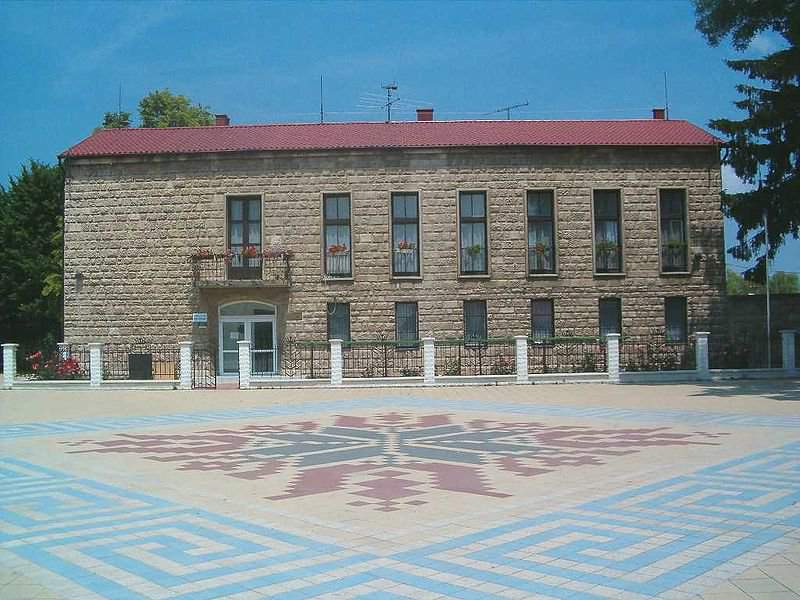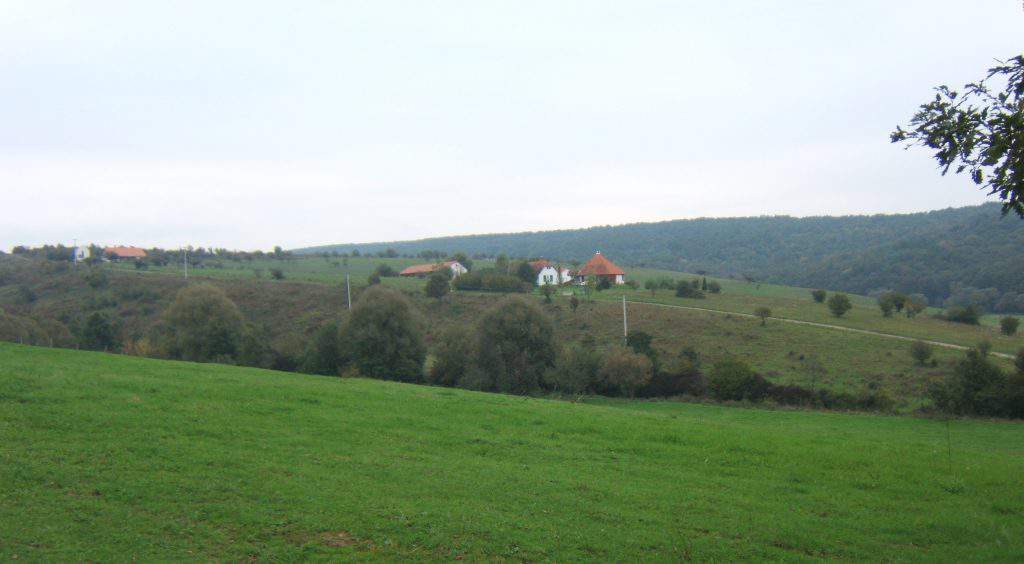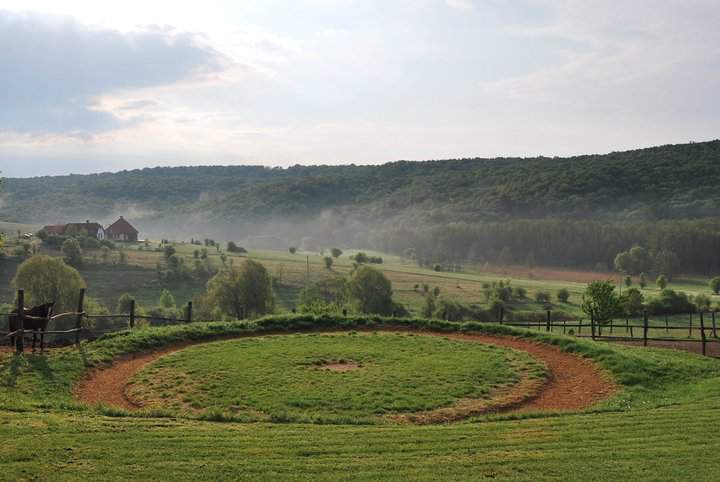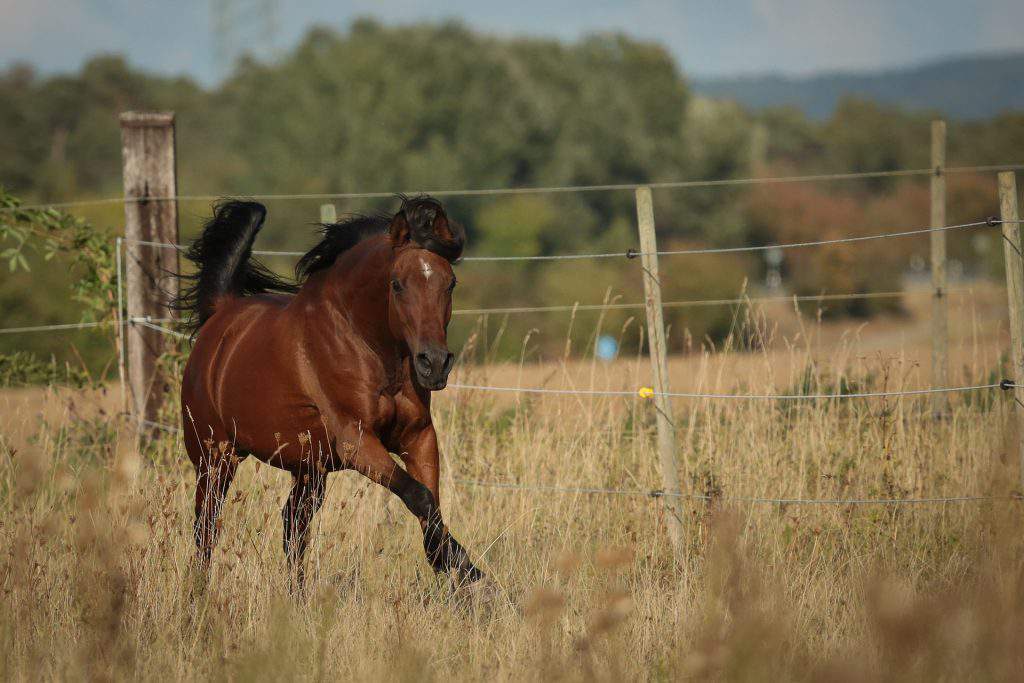The 3 strangest Hungarian villages: seem like other far-away countries

We usually visit villages in the country to feel the calmness and peace of these places, but it is always refreshing to find a community there which could create something special, something more than these stereotypes. Femina.hu listed three of these Hungarian villages which are worth visiting if you feel the need to travel not only in space, but also in time or regarding the outlook on life.
A pinch of Greece: Beloiannisz
There is a place in the north-eastern part of Fejér county, where Greek music is on and Greek dancers cultivate their traditions, where a Greek church stands near the fields, and the locals are warm-hearted Greeks, who try to pass their much envied lifestyle to their Hungarian friends.
Beloiannisz, this village of Greek nationality, is the youngest place in the county, as it was founded by the Greeks fleeing to Hungary from the civil war.
The village, which was built at record speed on the ploughlands in the 1950s, could host 400 Greek families at first. The village was originally called ‘Görögfalva’ (meaning Greek-village), but in 1952 it assumed the name of Nikos Belogiannis, a giant figure of the Greek communist movement. By that time, 1850 people were living in the village. Later, many of them moved back to their motherland – primarily the elderly and single women – but the village divided by streets like ‘Athén’, ‘Murgána’ or ‘Ilektra’ still cultivates the southern tradittions and identity, despite the fact that nowadays almost everyone speaks Hungarian here.

Source: facebook/Beloiannisz Község Önkormányzat Hivatalos Lapja
The village can be reached by taking the train between Budapest and Pusztaszabolcs, or by car from the access road leading to Iváncsa-Besnyő. The inhabitants of Beloiannisz put a great emphasis on popularizing their culture, thus they organize programs for the visitors, like Greek music and dance. Visitors must also have a look at the Mediterranean Orthodox church, which was consecrated in 1996, but the structure of the village is also interesting, since it was created by a Greek engineer.
An alternative village: Gyűrűfű
Gyűrűfű is located in Baranya county, in the outer areas of Ibafa, mostly known for its pipe museum. This village represents everything that wanderers imagine when they are disappointed in civilization and desire a better and more free life style. The silence and peace of South-Zselic is still undisturbed in the ancient village, which is only becuase in the 1990s the village was consciously turned into an ecovillage, being the first of this kind in the country.

According to local people, Earth is not a property, we only got it on loan, therefore they do their best to provide the future of mother nature for their children and to make the human intervention as little as possible.
The village has been working as a human ecological reserve since 1995, and it is characterized by farms. The inhabitants cultivate their own little gardens and deal with livestock-farming as well. They put a great emphasis on selective garbage collection, recycling and using renewable energy sources. They do not need much energy to support their wattle houses, but what they need is provided by solar collectors, biomass and firewood.

As a great number of tourists visit this special village, the Saint Ladislaus Botanical Path was created in 2007, which shows the human-made damages and their solutions, the history and operation of the village itself, and the flora and fauna of the area in its 2.7 kilometres length. The local people are happy to host some guests and share their experiences about their lifestyle by reason of discussions in advance.
Wild West paradise: Ballószög
This village of Bács-Kiskun county has already been mentioned in sources of the 14th century. It is famous for its thermal bath, its freedom-fighters of 1848-49 and its Western atmosphere. This atmosphere is thanks to the Western empire located on a 50-hectare territory near the village.
Adventurous visitors are awaited by Indians, sheriffs, salons, cowboys, pubs, card tables and country music performers in the village presenting the atmosphere of a Western town of the 1800s, though it is actually located in Kiskunsági National Park.

This place is worth visiting not only due to its poplars, sheepfolds and immense prairie, but also because it is a real paradise for horse riders. Visitors can get to know this significant lifestyle during either the horse-riding lessons provided for both beginners and professionals or the 10-12 trips available there.
Featured image: facebook/Beloiannisz Község Önkormányzat Hivatalos Lapja
Ce: bm
Source: femina.hu





